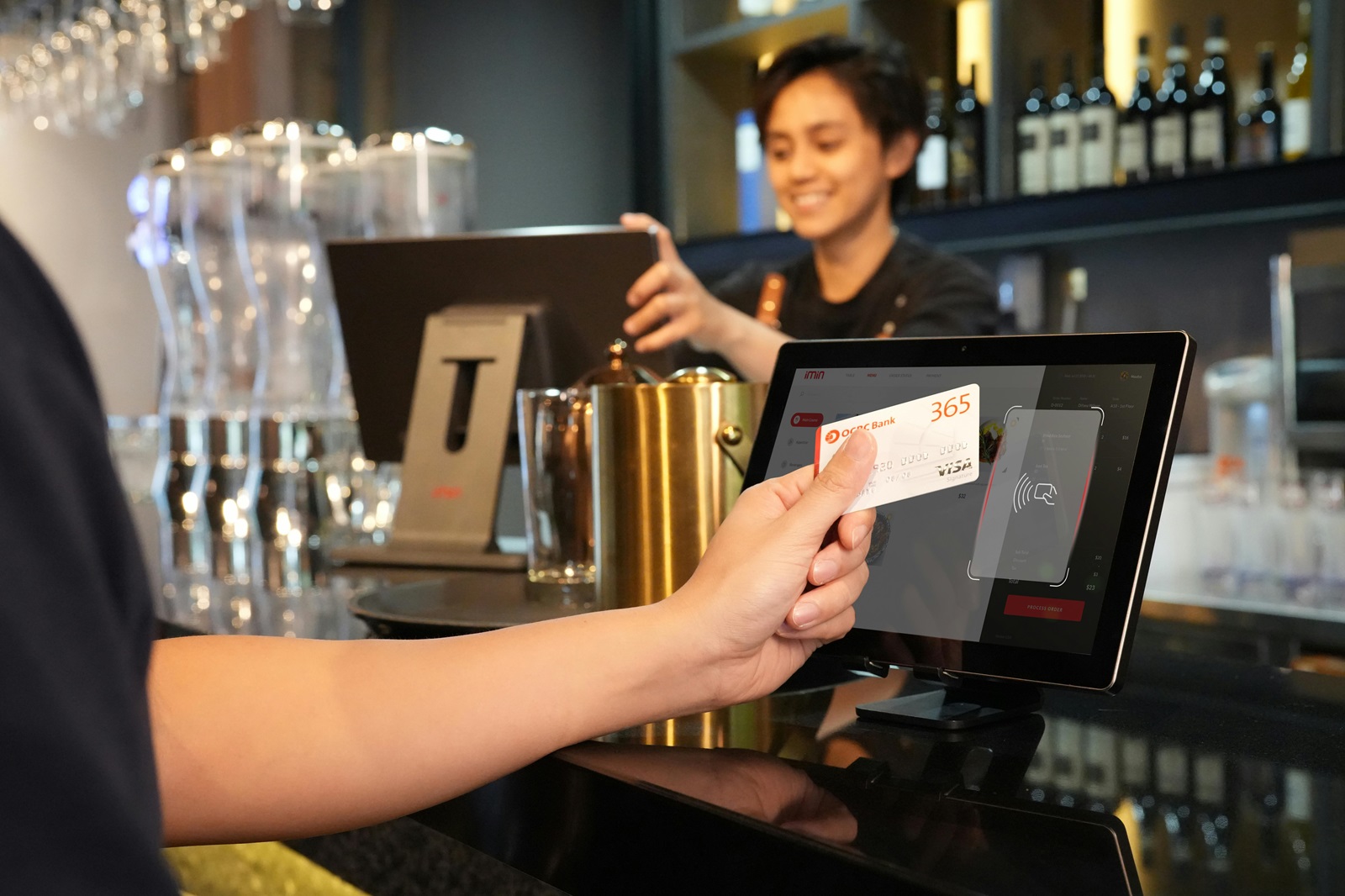Even though cash remains the most widely used payment method in the Philippines, a shift in people’s payment behavior is quite evident. Many consumers are integrating cashless payments into their daily transactions, as they’re seen to be faster and safer compared to paying with physical cash. Plus, with the rise of digital wallets, mobile banking apps, and online payment platforms, cashless options have increasingly become more accessible and convenient. This change presents a valuable opportunity for small and medium-sized enterprises (SMEs) to expand their customer base and streamline operations.
Offering various payment options enables SMEs to accommodate customers who prefer to pay via cashless payment methods. It also improves the efficiency of business transactions, reducing the time spent on processing payments and minimizing cash-related errors. Shifting from cash-only to multiple payment methods, however, can be a complex process, as it involves many technical, operational, and financial adjustments.
To that end, this article explores practical tips for SMEs to make this transition smoothly, allowing you to expand your business’s reach while keeping operations efficient and secure.
Choose a User-Friendly Cashless Payment Solution
When transitioning to accepting multiple payment methods, choosing a user-friendly cashless payment solution is crucial for the success of your business. A simple and efficient system ensures that your business can efficiently cater to the growing number of people who prefer digital transactions, resulting in increased customer satisfaction and faster checkouts.
One solution that can help in this regard is a modern point-of-sale (POS) system like Maya Terminal. This device by Maya Business has a user-friendly interface that makes payment processing seamless and quick. It can also be easily incorporated into your current business practices without the need for major overhauls. Moreover, it can accept a variety of cashless payments. Aside from being a debit and credit card machine, it also lets you handle e-wallet and QR code payments. With this device, you can provide a smooth and efficient payment experience for your customers.
Ensure Security and Compliance
Cashless payments, while convenient, also come with the risk of fraud. Digital transactions involve the exchange of sensitive information, such as credit card numbers, personal details, and account information, which can be targeted by fraudsters who use sophisticated hacking techniques. As such, ensuring that your payment solutions are employing robust security measures is crucial to safeguarding your business and customers from potential threats.
One way to tell if your chosen payment solution is secure is if it’s compliant with the Payment Card Industry Data Security Standard (PCI DSS). This is essentially a set of rules designed to protect sensitive payment information from being exposed to unauthorized parties while it is being stored, transmitted, or processed.
It’s also a good idea to invest in a payment system made by a reputable company with a proven record in cybersecurity. A trusted provider will offer built-in security features like encryption, fraud detection tools, and regular security updates to further protect your business and customers.
Check Costs and Fees
Before adopting a cashless payment system, it’s important to carefully evaluate the associated costs and fees that come with it. Many payment solutions come with charges, such as transaction fees, monthly maintenance fees, or setup costs, so it’s essential to compare different payment service providers and choose one that fits your budget. As an owner of an SME, controlling costs is crucial and selecting a solution with low transaction fees can make a significant difference in long-term expenses. Be sure to look for a payment solution that offers scalable pricing based on your business volume, so you don’t end up paying more than necessary as your business grows.
Train Your Staff on How to Use the New Systems
Transitioning to multiple payment methods is only effective if your staff is well-prepared to handle the new technology. So, training your employees on how to use the new payment system is an essential step to ensure smooth operations. A lack of familiarity with the new tool can lead to errors, slow transactions, and poor customer service, ultimately impacting your business’s reputation.
To ensure a seamless transition, start by providing hands-on training with your POS system. Walking your staff through each step of the payment process, from transaction initiation to completion, can help them become more comfortable and confident with the new technology. Make sure they understand how to troubleshoot common issues and how to handle different payment types, such as card swipes, mobile payments, and QR code scans. In addition, ensure that your employees are aware of the security measures in place, such as password protection and fraud prevention tools, so they can instantly recognize suspicious activity should something arise.
Start Small and Scale Gradually
When implementing a new payment system, it’s advisable to start small and scale gradually. Rushing the transition can lead to confusion, operational hiccups, and potential customer frustration. Instead, begin by introducing a limited set of payment options to a small segment of your customers and monitor the process closely. This allows you to identify any potential challenges early on and address them before expanding the system to your entire customer base. Starting small also enables you to make any necessary adjustments to your processes without overwhelming your staff or disrupting daily operations. Once you’re confident that the new system is functioning well, you can gradually introduce additional payment options and expand its use.
Adopting multiple payment methods is a strategic decision that can help your small or medium-sized business thrive in an increasingly digital world. As customer preferences evolve and cashless transactions become more common, the ability to offer diverse payment options can give you a competitive edge. With the right preparation and thoughtful implementation, you can ensure that your transition enhances both your operations and your customer experience.







